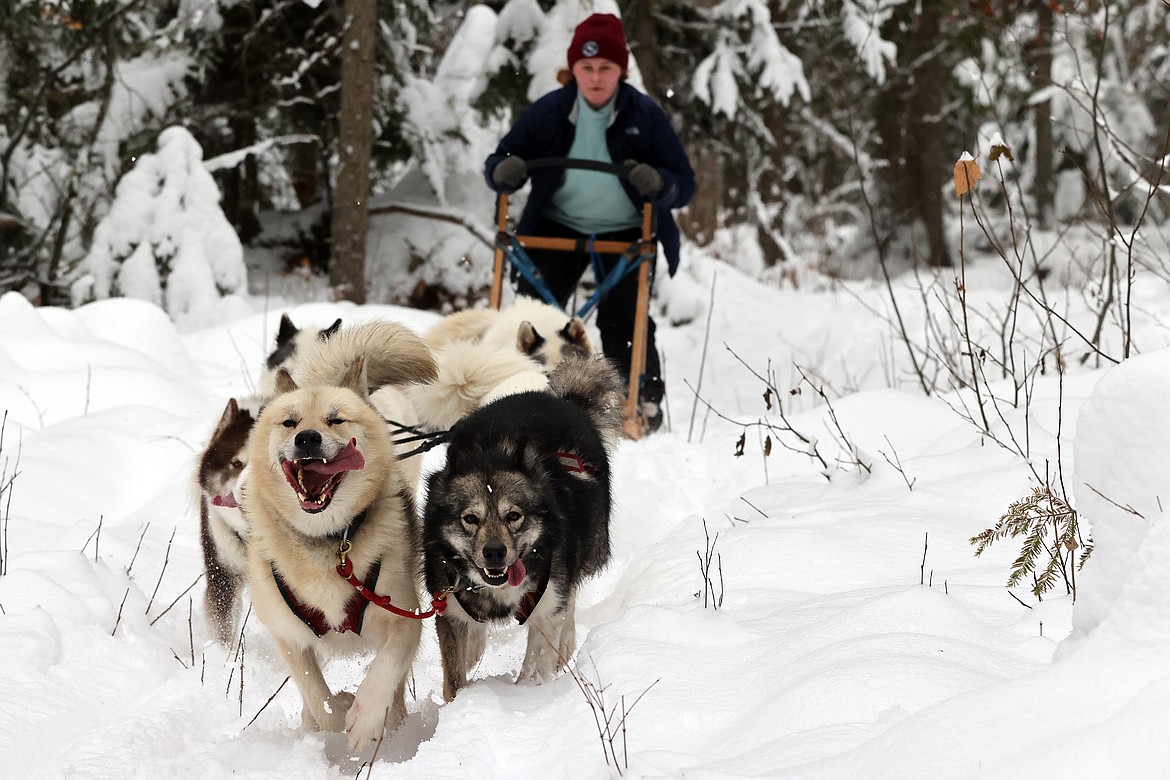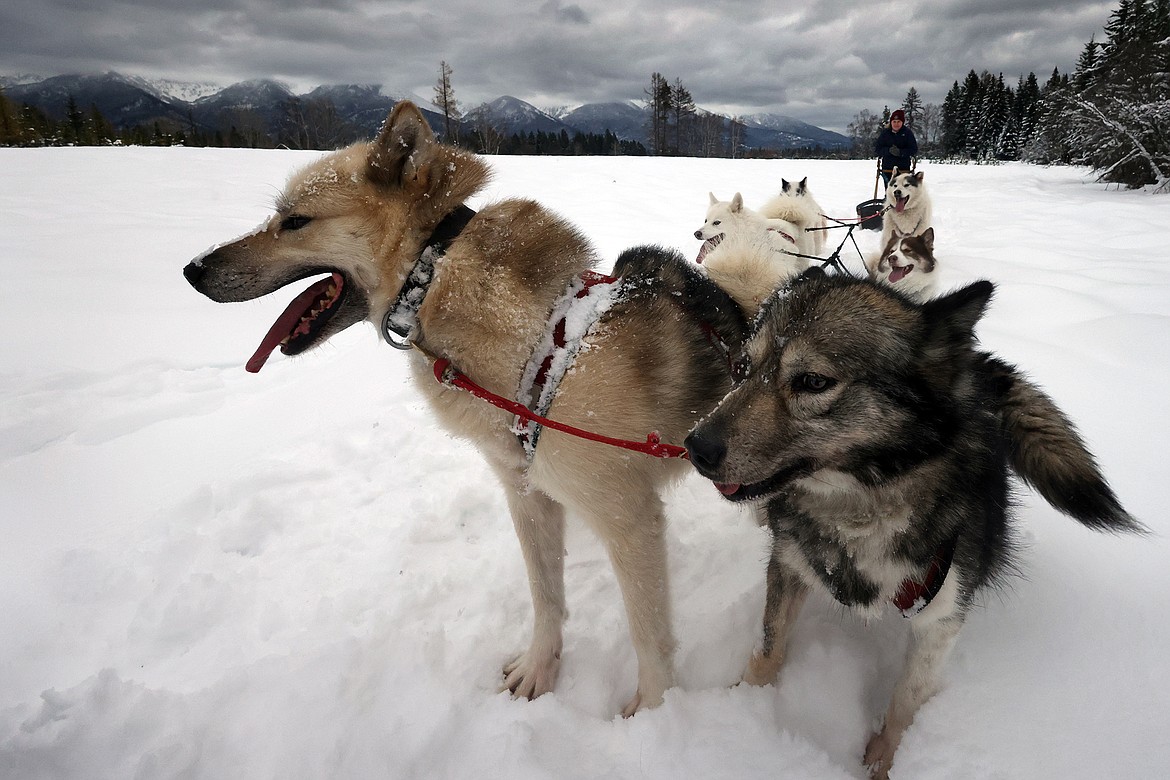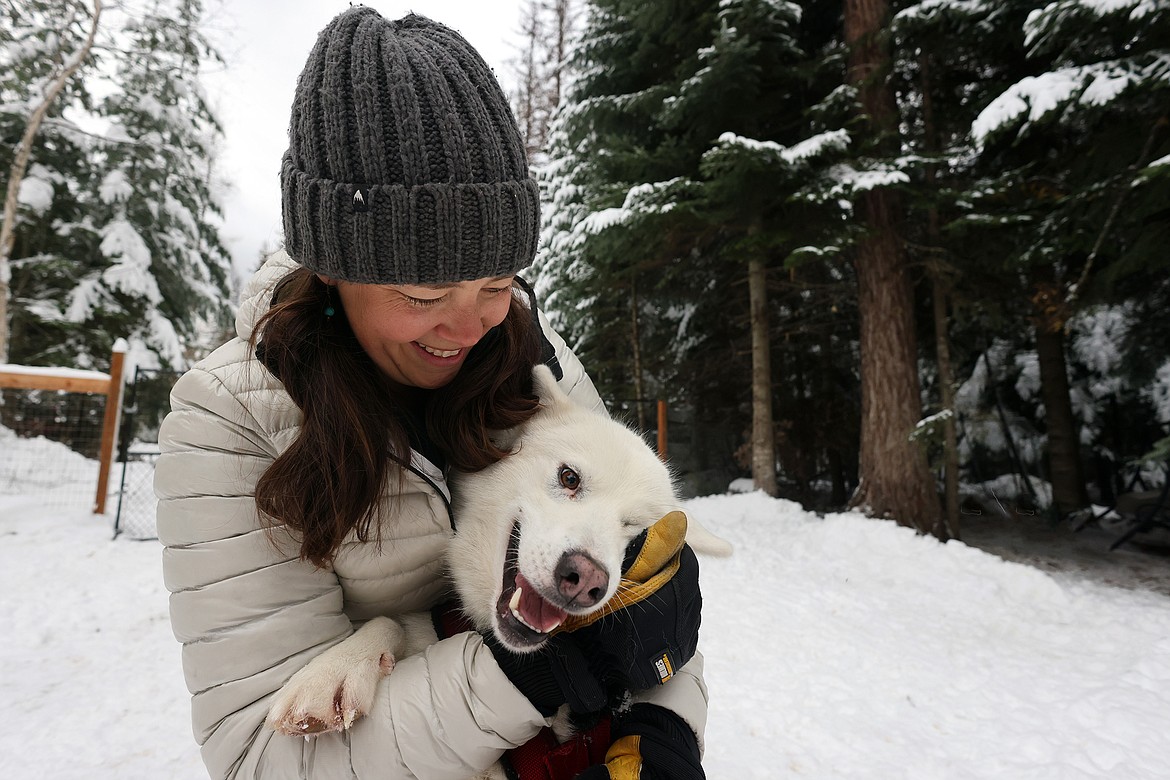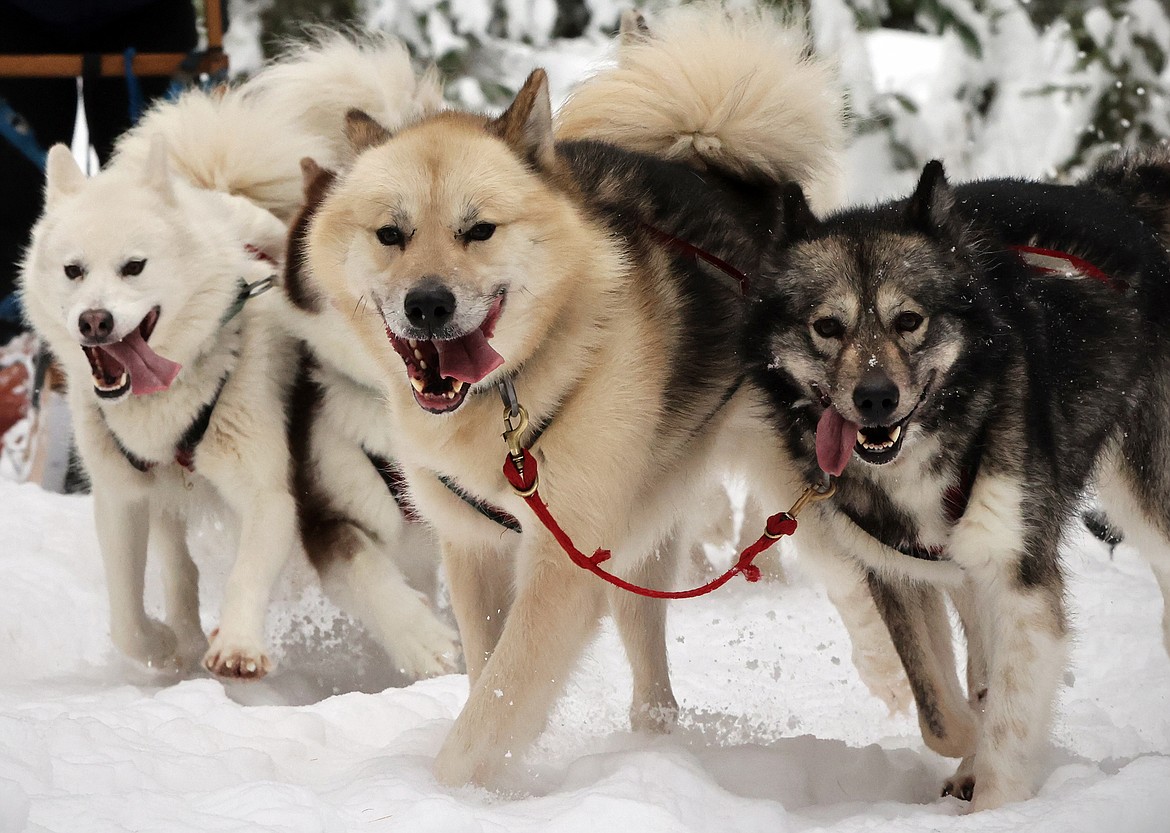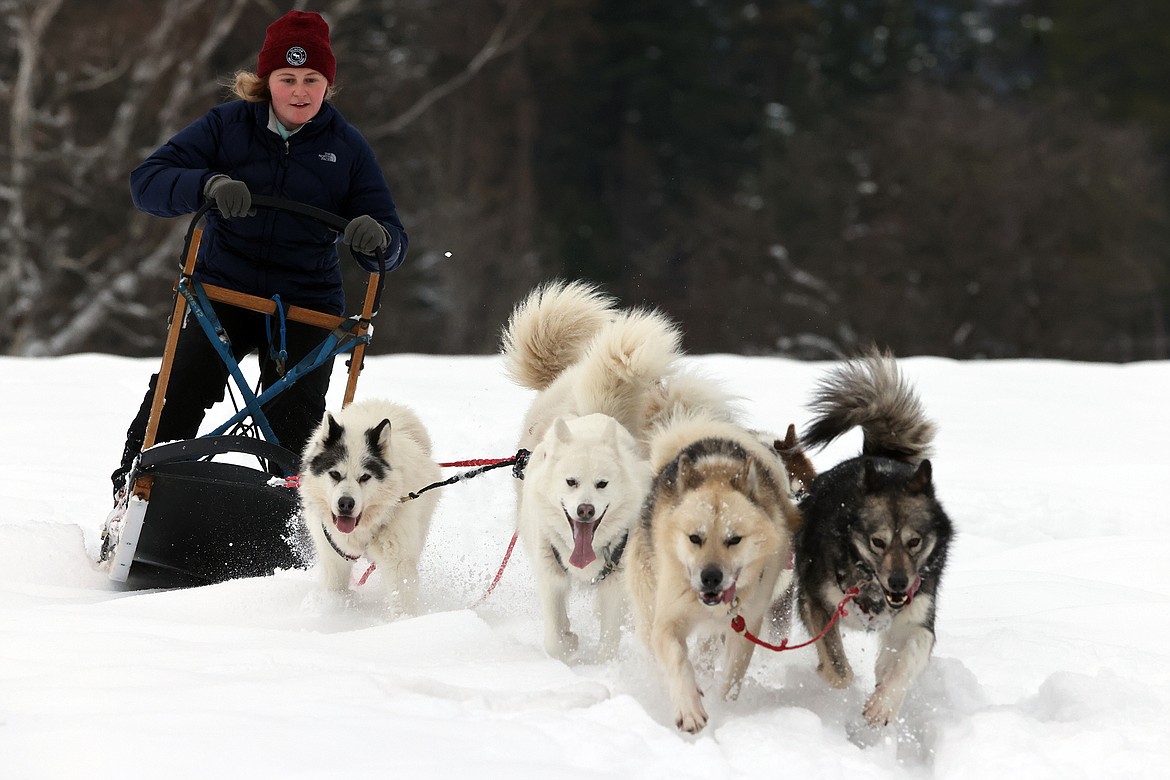Base Camp Bigfork mushes to 15 years of fun
Base Camp Bigfork offers an experience few can get in the lower 48. When owners Mark and Sam Schurke started their dog sled tours 15 years ago, they had no idea if people would be interested in it enough for it to be successful. ...
Support Local News
You have read all of your free articles this month. Select a plan below to start your subscription today.
Already a subscriber? Login
Daily Inter Lake - everything
Print delivery, e-edition and unlimited website access
- $26.24 per month
Daily Inter Lake - unlimited website access
- $9.95 per month

